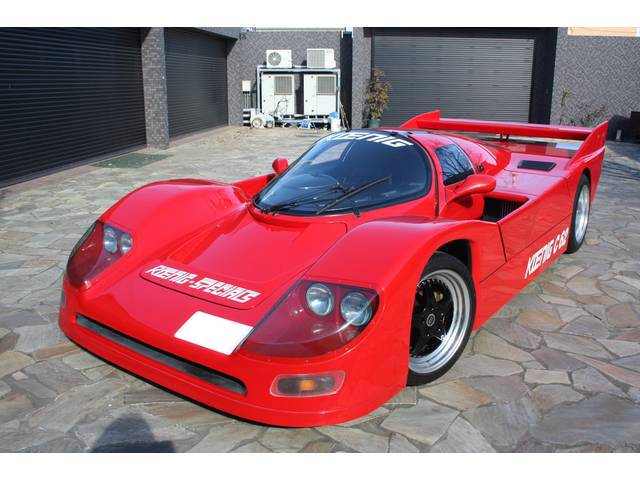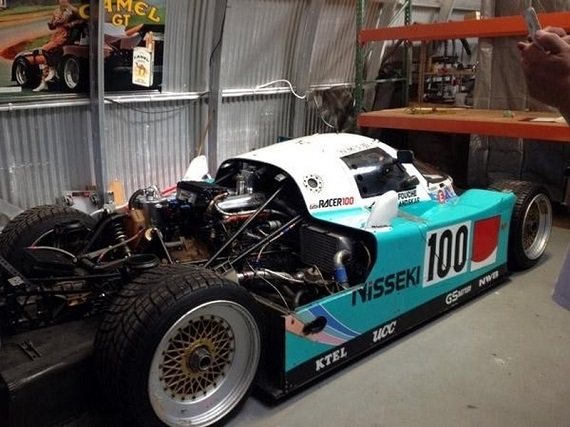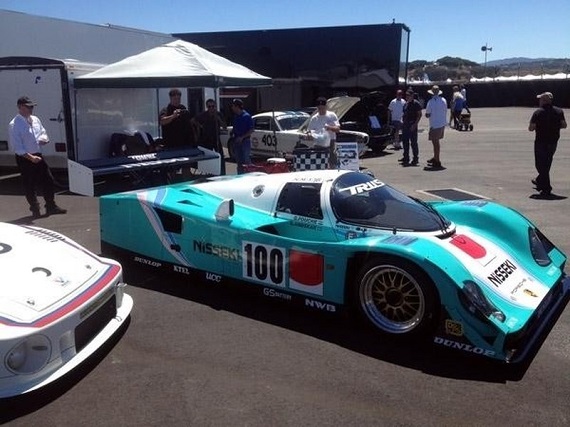As a young man, I spent countless hours dreaming of blasting down the Mulsanne in a Rothman’s 962 Group C car chasing Hans Stuck. But I was not alone; the dream of driving the legendary and most successful Group C car was that of many across the world. Some of those who dreamed had the means to make it happen, too – and in one of the strangest prototype twists I think ever, multiple road going versions of the 962 saw the light of day from different tuner companies. There was the DP Motorsports version – effectively, just a race-going 962 with some tread on the tires. There was the “Derek Bell Signature Edition 962, too – which looked the part but built on chassis numbers alone with a GT2 motor. Then there was the ex-Porsche racer Vern Schuppan’s version called the 962CR. The most radical, it looked like a 962 had spent a drunken night with a 959. There was also the very interesting tale of the Dauer 962 – ironically, turned into a road car so that it could exploit a loophole in the rule book to be turned back into a race-winning car at Le Mans. Indeed, for several years during the supercar boom in the late 1980s and early 1990s, it seemed that a new version of a road going 962 came out every few months. But the first of all of these was from reviled tuner Koenig Specials, who in a departure from their typical formula of “just add Testarossa slats everywhere” introduced a thinny veiled race car for the road:
Tag: 962C
When pondering this Porsche 962, I couldn’t help but try to analyze why I romanticize about the Group C era so much. For the best part of a decade, if you wanted to win in Group C, there was really only one car to drive – the Porsche 956/962. Sure, there were inter-team and extra-team battles between full factory and privateer efforts, but let’s just say that the diversity at the end of the race was not particularly staggering. Then there was attrition; both with cars and drivers, as this seriously dangerous time period moving heavily into aerodynamics revealed the fragility of not only the engineering, but the humans that attempted to control it. Yet, combining some great liveries, a swoopy, low-slung body, some gold BBS magnesium wheels (or better yet, the BBS Turbofans!) is still the most iconic period in endurance racing in my mind. This is somewhat ironic, since with the WEC today we’re witnessing what is arguably the best racing the series has ever seen with the fastest endurance cars ever produced; often in the 1980s, it was who made it to the end without breaking, crashing or running out of gas. But today, it’s an all-out 6-24 hour sprint as Porsche, Audi and Toyota take three different ethos of building and designing a “hybrid” car and bring them to fans attention. Spectacular? You sure bet it is, and there’s no guarantee of who will win. Yet, when my eyes flash across a 962, I get a flutter in my heart that I just don’t feel looking at the new generation of cars:



